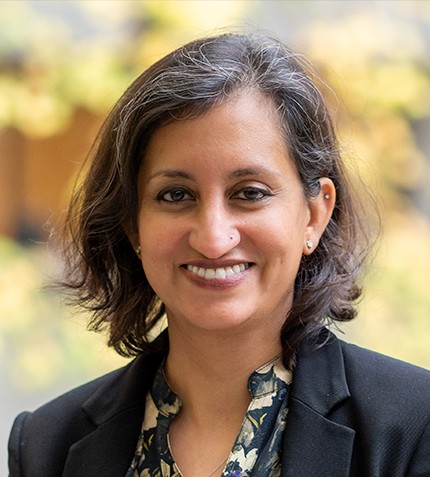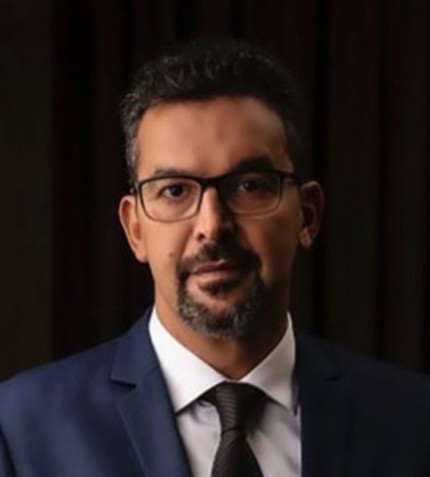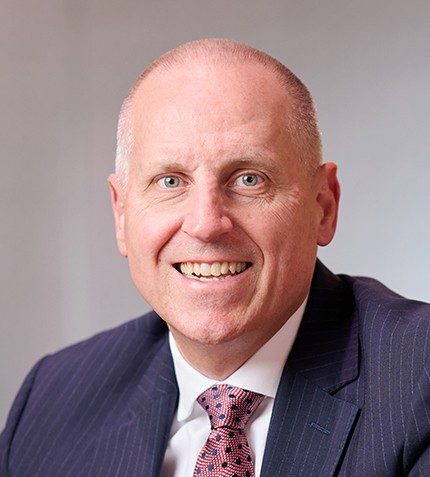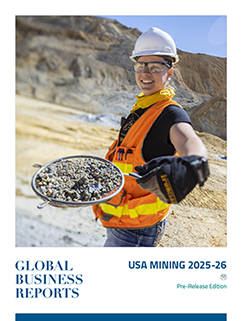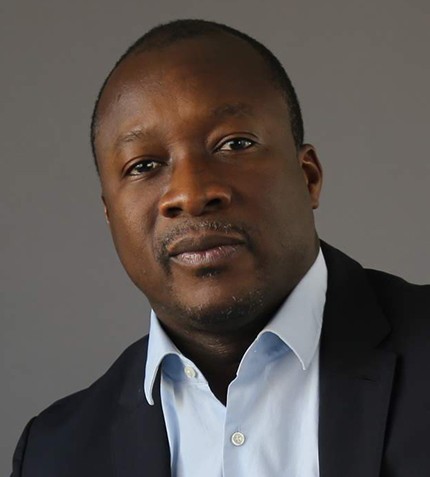
"When we discuss Burkina's competitiveness, structural constraints such as transportation costs due to the lack of sea access, and especially security-related costs which have been growing, play a very important role. The success of the mining industry hinges on the government purposefully supporting the industry by implementing attractive policies."
Tidiane Barry
PRESIDENT, BURKINA FASO CHAMBER OF MINES
How has the mining industry in Burkina-Faso experienced the impact of the pandemic?
Like all other industries, mining was affected by Covid-19. In Burkina Faso, the industry has proven very resilient, but we needed to adapt our operating practices, such as reorganizing workers' shifts and liaise with both public administration and the government to find ways of maintaining the running of operations uninterrupted. We implemented a coordinated strategy between the Ministries of Mines, Health, Finance, and Security to address the entire spectrum of issues occurring during the crisis and we managed to ensure business continuity.
What are your reflections on how Burkina Chamber of Mines has developed since its creation?
Established in 2011, the Chamber of Mines is a key constituent of the institutional force managing the mining sector, and we have 50 member companies. We are also part of the broader ECOWAS Chamber of Mines, which has allowed our Chamber to participate in discussions over governance and competitiveness at an international level. The Burkina Chamber of Mines works closely not only with the government, but we also partner with the civil society and the local communities, bringing our experience on best practices and providing capacity reinforcement to our stakeholders. We are opinion leaders in raising awareness on the impact of the mining sector in the country: Mining contributes by more than 10% to the country's GDP, and it employs over 14,000 people, having deep implications for the development of local content. In Burkina, there are over 1,000 businesses related to mining.
How do you think the gold industry in Burkina Faso is reacting to the current high gold spot price?
It is important to bear in mind that gold prices are unpredictable and, while today these are quite high and inviting numerous opportunities opening the door to bold transactions, we must also balance this view with cost considerations beyond this rampant part of the gold cycle. In order to successfully complete this cycle, operators need to have a sustainable cost structure that will keep them afloat when the market turns. Costs are an important focus for operating companies in Burkina, because security and logistical aspects require quite big investments, affecting margins considerably.
Hw is Burkina Faso maintaining its attractiveness as a gold mining jurisdiction in light of its ongoing security challenges?
The memory of the attack on the Boungou mine last year is still fresh in people's minds, security remaining a top priority for the country. When we discuss Burkina's competitiveness, structural constraints such as transportation costs due to the lack of sea access, and especially security-related costs which have been growing, play a very important role. The success of the mining industry hinges on the government purposefully supporting the industry by implementing attractive policies.
Security is exceptionally challenging for exploration companies, who find it very difficult to run their drilling, especially in the northern and eastern regions. For this reason, exploration has been almost entirely stalled. It is thus paramount to find new ways to address security issues to help the country maintain its attractiveness and to allow exploration take place because the future of the industry depends on new discoveries.
Artisanal mining continues to represent a big part of mining activities in Burkina Faso. What efforts are being put into formalizing this sector?
The question of artisanal mining is a difficult one for many countries in the region, and there is no single recipe to put this question behind us. In Burkina Faso, the biggest improvement in this regard has been the creation of ANEEMAS (Agence Nationale d’Encadrement de l’Exploitation minière Artisanale et Semi-mécanisée), a public structure in charge of organizing artisanal miners and bringing transparency into the sector. Due to the large number of people involved in these activities, it is proving very difficult to regulate the informal sector. We cannot use police or military intervention, so we need alternative solutions to organize artisanal miners. It is important to also communicate on the success stories of small-scale mining operations, which are neither artisanal, nor industrial, and which can be formalized to bring wealth to the local communities.
What are the main priorities for the Chamber of Mines moving forward?
The Local Community Development Fund which has been postulated in the 2015 mining code is now finally being operationalized, with over 51 billion CFA spread between all mining host communities. In this way, the country is benefiting from the wealth generated in mining at a local level. Also, some of the legislative issues previously noted in the mining code, such as water tax and the reimbursement of VAT, have now been revised and are much better managed, improving the business climate for the industry. The Chamber is committed to supporting the positive impact of mining at a local level, but also to help grow acceptance of the industry throughout the country.




